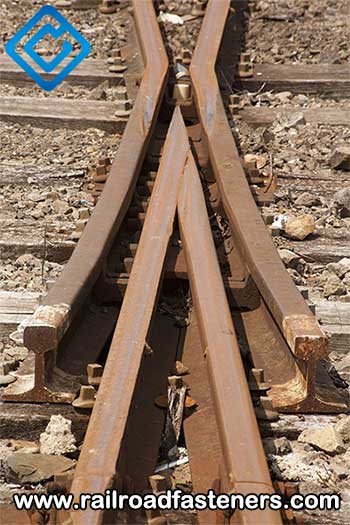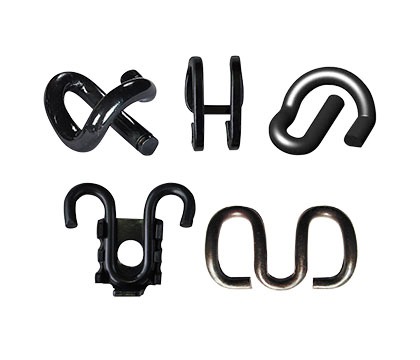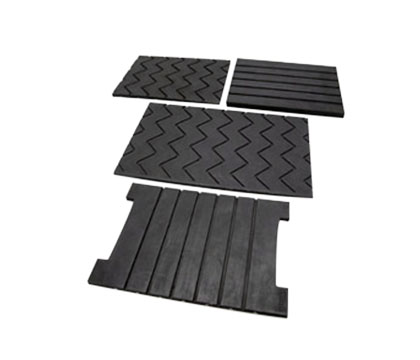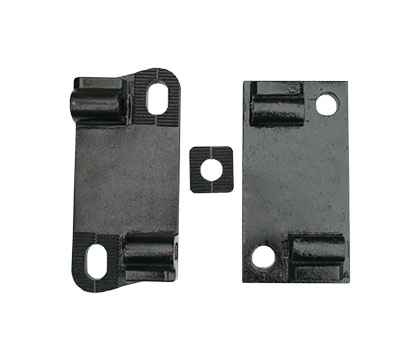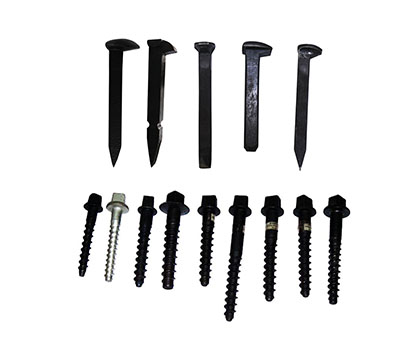Rail track and railway turnout are important railway components which usually used in rail lines. Then we will discuss how to lay rail track and railway turnout in coal mines.
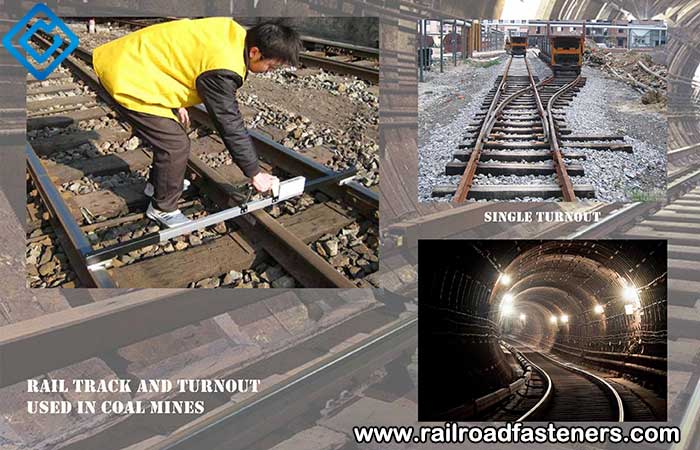
I. The Requirements of Laying Rail Track in Coal Mines
1. In main mine tunnels 30kg/m or above rail track must be used, and in the inclined tunnels and mining areas and the others, not less than 22kg/m rail track can be used according to design selection.
2. Rail fasteners must be completely prepared and in accordance with corresponding rail track. Rail joint bars must be matched and fixed by 4 rail bolts. If rail track type is changed, rail joint bars must be also changed without the break phenomenon.
3. The spacing of all rail joints shall not be greater than 5mm. The tolerances of height and horizontal direction shall not be greater than 2mm.
4. The direction of rail track shall conform to relevant standards. With visual inspection, we cannot find folding bend. Main transportation rail lines shall be visually straight. For curved lines, they shall be visually smooth.
5. Rail surfaces shall be visually smooth, and at obvious knick points rail joints shall be prohibited. We should be based on their bending radius to adopt the rounding design.
6. When we adopt suspension technology to connect rail joints, the joint distance of 30kg/m rail track is 240mm, whose tolerance is less than 30mm. The joint distance of 22kg/m rail track is 220mm, whose tolerance is less than 30mm. When we adopt adapting technology to connect rail joints, there are 3 rail sleeper at the joints, of which the middle one is positioned at the jointing place of two rails and the other ones are 240mm (30kg/m rail track) or 220mm (22kg/m rail track) away from the middle one. At straight rail lines the end-to-end connection shall be applied; but at curved rail lines the butt connection shall be applied.
7. The center line of single track on main transportation railway lines shall meet the design requirements. Its designed tolerance value is ±50mm. The distance of center line of double track is not less than the design requirements but not 20mm greater than the designed value.
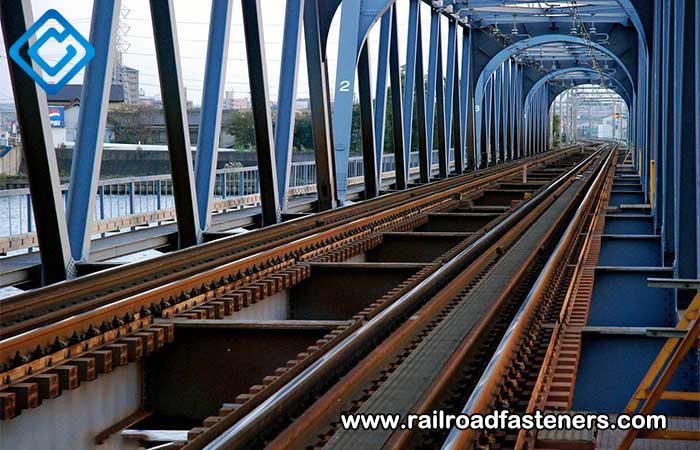
8. The tolerance between actual elevation of rail track surface and designed elevation is ±50mm on main transportation railway lines. Within the 50m slope, the tolerance is not more than 1/1000, and the elevation difference is not more than 50mm.
9. Rail gauge is 600mm in coal mines. On main transportation railway lines, the tolerance of the straight line is 5mm and -2mm; for the curved lines we shall install gauge rods, and after being widened the allowable tolerance are 5mm and -2mm. For general transportation railway lines, the allowable tolerance of straight lines is 5mm and -2mm; and after being widened the allowable tolerance are 5mm and -2mm.
10. At the same lines, we must use the same type of rails. The rail types of all the rail turnouts are not below railway lines.
11. The rail sleepers and their laying shall meet the design requirements. At the joints more than two consecutive sleepers with failures shall be prohibited (Including decay, damage, fracture, suspension, etc.). The spacing of main transportation railway lines is 700mm and the tolerance is less than 50mm; The spacing of general transportation railway lines is 800mm and the tolerance is less than 50mm.
12. The specifications of track spikes shall be matched with the rail types. And the quantity is enough to meet the needs. The separation away from each other is not more than 2mm. For concrete sleepers, the requirements are similar to the above. In addition, we should check and oil them one time per month.
13. The sub-grade of the track must be free from the phenomenon of serious landslide and ground subsidence. The ballast thickness is not less than 100mm on main lines, and the sleepers shall be 2/3 buried by the ballast, that is, the sleepers must be 1/3 exposed. For the track bed, we should do the cleaning regularly to ensure no debris, coal, or water.
II. The Requirements of Laying Railway Turnout in Coal Mines
1. According to the standards, after being widened, the gauge of railway turnout is not more than 3mm, whose tolerance value is +3mm and -0mm.
2. For the front of point rail, the middle part of the connecting rail of straight line and curved line middle and the rear of railway turnout, the horizontal deviation is not more than 5mm.
3. On horizontal direction, the railway turnout shall be visually smooth. For the curved section, it shall be visually smooth and round.
4. Rail surface shall be visually smooth.
5. For the jointing places, the railway turnout tolerance is not greater than 2mm.
6. The tip parts of point rails must be close to the basic rails with the less than 2mm of gap. The damaged length of point rail is not more than 100mm. The height difference between the position 20mm away from rail top surface and basic rail is not greater than 2mm.
7. The range of the throw of point rail is 80-110mm.
8. The gap at rail bottom is less than 8mm, and its requirements are the same to that of main railway lines.
9. The working distance of frog and guard rail is 572mm with ±2mm tolerance.
10. Railway accessories of guard rail shall be complete and firmly installed with no looseness and failure phenomenon.
11. The width of the frog top surface is 35mm and the vertical wear of wing rail does not exceed 7mm with no looseness of bolts and welding cracks.
12. The sliding board shall be close to rail bottom and its clearance shall not exceed 2mm.
13. The vertical wear of basic rail and connecting rail is not greater than 7mm.
14. Rail brace shall be closely linked with basic rail and its clearance is not greater than 1mm with no looseness.
15. For the inclined tunnel, the single turnout shall not be less than No.4 with not less than 12m of curve radius.
16. On the same transportation railway line, the use of different railway turnouts shall meet the following conditions:
- A. We can adopt higher grade of rails and lower grade of rails are not allowed.
- B. When we adopt different rail turnouts, at the front end and rear end of the railway turnout we shall lay 5m rails whose type is the same with that of the rail turnout. And then we can connect them with special fish plates.

